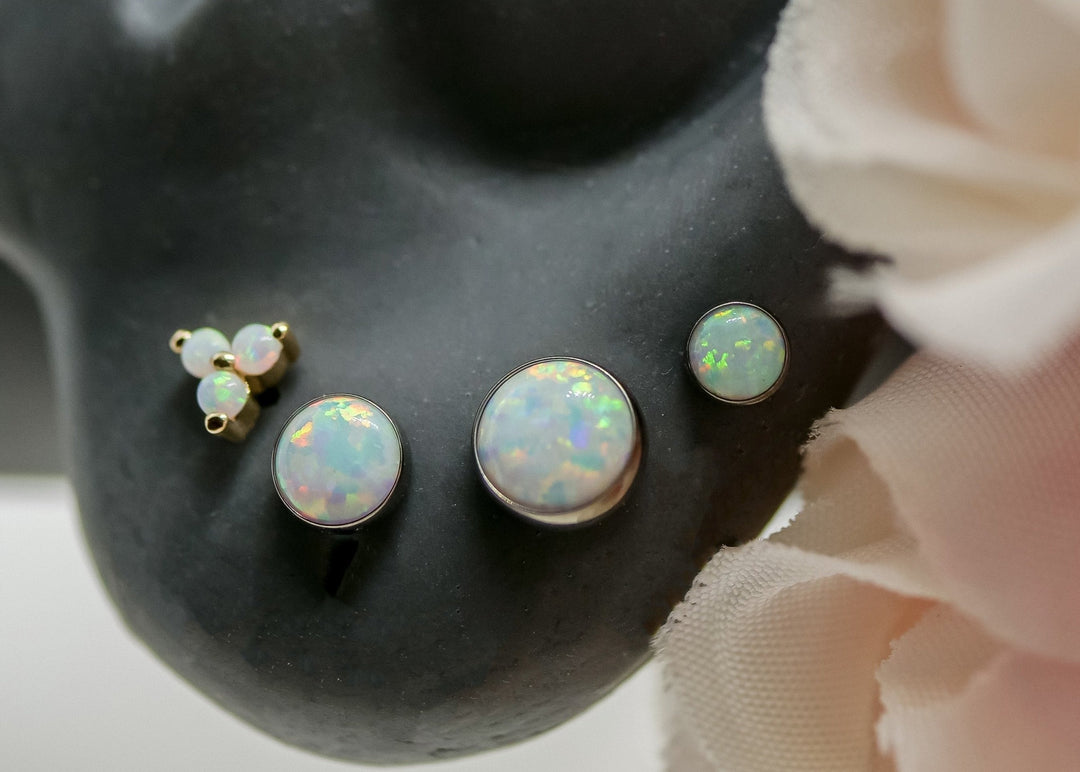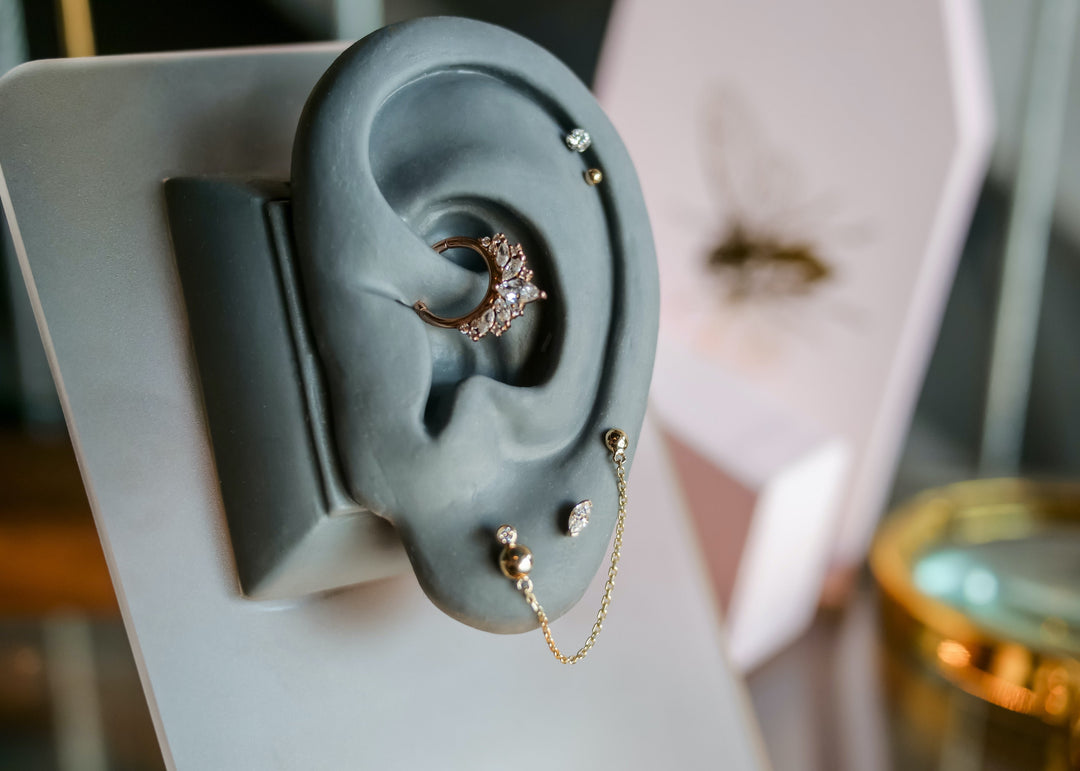Getting a new piercing is exciting—but waiting for it to heal can require patience and careful aftercare. You may have noticed that while an earlobe piercing seems to settle in just a few weeks, cartilage or surface piercings can remain tender and prone to irritation for months. What’s behind these differences in healing times? The answer lies in the complex science of your skin’s anatomy, blood supply, and cellular processes.
1. Not All Skin Is Created Equal
Your body is covered in layers of skin and connective tissue, but these layers vary widely in thickness, blood flow, and composition depending on where they’re located. For example, earlobes are made primarily of fatty tissue covered by thin skin with robust blood circulation. In contrast, cartilage in the upper ear or nose is a firm, flexible tissue with fewer blood vessels. This difference means that cells in well-vascularized areas receive nutrients and immune factors more readily, speeding up the healing process.
- Earlobes: Soft tissue, rich blood supply, faster healing.
- Cartilage (like the helix, tragus, or nose septum): Dense, avascular (limited blood flow) tissue, slower to regenerate and heal fully.
2. Blood Supply: The Body’s Natural Repair Network
Blood circulation is a critical factor that influences healing speed. When you get a piercing, your body responds by sending immune cells and nutrients to the wound site to start repair. Tissues with abundant blood flow have an easier time delivering these resources, which accelerates wound healing.
- Faster Healing: Areas like the earlobe and eyebrow have ample blood vessels, leading to quicker clot formation, cellular repair, and collagen deposition.
- Slower Healing: Cartilage piercings rely more on diffusion of nutrients from surrounding tissue rather than direct blood flow, prolonging the inflammatory phase and slowing tissue remodeling.
3. The Role of Cell Types and Tissue Structure
The skin is not just a flat covering—it’s a dynamic organ composed of multiple cell types working in unison. Fibroblasts, keratinocytes, and immune cells all coordinate the healing process, forming new collagen and rebuilding the skin’s protective barrier. When piercing through soft, fleshy areas, these cells encounter fewer structural obstacles and can repair the wound more efficiently.
In cartilage piercings, however, the limited cellular population and rigid matrix make it harder for the body to regenerate tissue. Scar tissue can form more easily, and the process of restoring structural integrity takes significantly longer.
4. Mechanical Stress and Movement
Another factor that affects healing time is how much the pierced area moves or experiences friction. Piercings placed in areas subject to constant movement, pressure, or rubbing—such as the navel or certain ear cartilages—can irritate the wound. This irritation prolongs the inflammatory phase and can delay healing.
- Stable Areas: Earlobes or the nose septum may remain relatively stationary, allowing tissues to heal with less interruption.
- High-Movement Zones: Ear rims (helix), industrial piercings, and surface piercings on the neck or chest are more prone to trauma from daily activities, clothing, or accessories.
5. Microbial Environment and Aftercare
Your skin is home to a diverse community of bacteria and other microorganisms. While most are harmless—or even helpful—open wounds like fresh piercings can become vulnerable to infection. The natural contours and thickness of certain areas can trap sweat, oils, and debris, increasing the odds of bacterial growth and slowing healing.
- Cleaner Environments: Earlobes and nostrils are easier to keep clean due to their accessibility and smoother surfaces.
- Challenging Environments: Cartilage, inner ear areas, or surface piercings can be harder to cleanse thoroughly, making diligent aftercare and saline rinses essential to prevent complications.
6. Genetic and Individual Factors
Each person’s biology also plays a part. Factors such as age, overall health, nutrition, and genetics influence the strength and speed of your immune response. Some individuals simply heal more quickly than others, while others may be prone to excess scar tissue formation (hypertrophic scarring) or have sensitivities to certain metals used in jewelry.
- Healthy Habits: A balanced diet, adequate hydration, and proper rest support your immune system’s natural healing capabilities.
- Material Matters: Choosing hypoallergenic, implant-grade jewelry (like titanium or solid gold) can minimize irritation and allergic reactions, ensuring a smoother healing process.
7. Setting Realistic Expectations
Understanding why some piercings heal faster than others can help you set realistic expectations and approach aftercare with patience. For cartilage piercings, it’s not uncommon to experience tenderness for several months. Regular cleaning with sterile saline, avoiding unnecessary touching, and sleeping on a clean pillowcase can all contribute to more efficient healing—even if it takes a bit longer.
The rate at which a piercing heals is influenced by a host of biological and environmental factors: blood supply, tissue composition, cellular activity, mechanical stress, microbial presence, and individual genetics. Areas with rich blood flow and pliable tissue heal faster, while cartilage and other low-vascularization zones need more time and care. Understanding the science behind these differences can help you approach new piercings with informed expectations, consistent aftercare, and the patience required for a truly healthy, lasting result.






